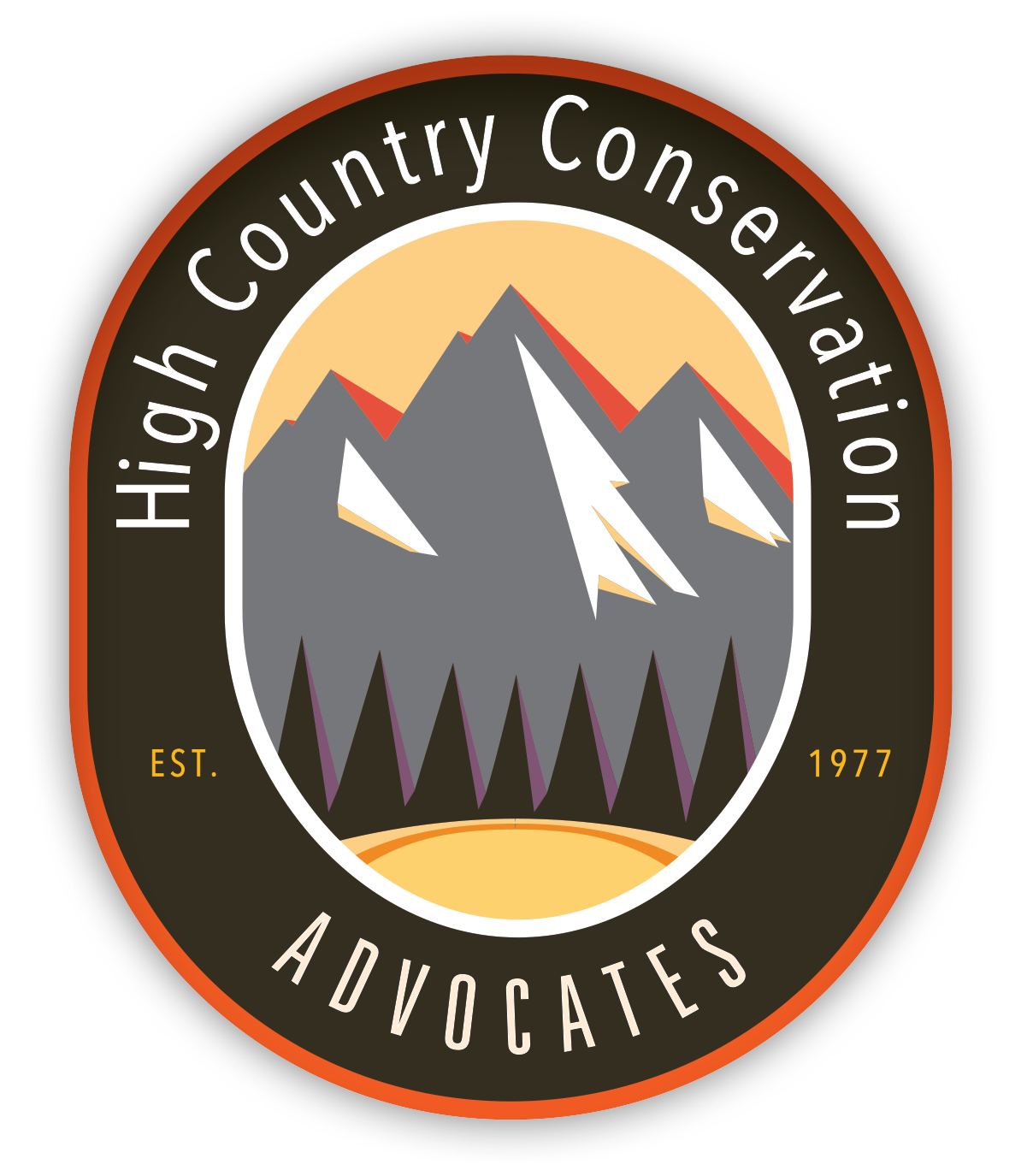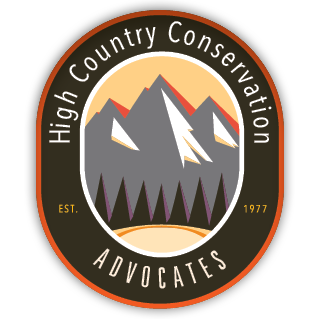Secretary of the Interior Deb Haaland Visits Crested Butte to Celebrate the Mt. Emmons Mineral Withdrawal
July 2, 2024 – For Immediate Release
For more information and questions contact: Jon Hare, Advocacy Director at High Country Conservation Advocates, Jon@hccacb.org, (970) 349-7104, Ext. 2.Over the weekend, Secretary of Interior Deb Haaland visited Crested Butte with US Senator Michael Bennet to celebrate the Thompson Divide/Mt. Emmons Mineral Withdrawal which was signed in April to remove any opportunity for new mining or oil and gas operations on over 220,000 acres of federal land in western Colorado over the next twenty years.
Haaland and Bennet praised the local community for its steadfast devotion to protect public lands and for all of the extraordinary work done by local governments, non-profits, citizens, and federal agencies to enact the historic measure that prevents new natural resource extraction on almost 100,000 acres of public lands in Gunnison County.
Before the gathering in Crested Butte, Secretary Haaland hiked in the Slate River Valley to visit some of the lands that fall under the protection of the Thompson Divide/Mt. Emmons Mineral Withdrawal.
Elected officials, federal and state agency staff, Mt. Emmons Mining Company representatives, High Country Conservation Advocates, and The Wilderness Society representatives joined Secretary of Interior Haaland and Senator Bennet to hike along Oh-Be-Joyful to the boundary of the withdrawal area. Several senior Colorado agency representatives joined, including Doug Vilsack, Colorado State Director of the Bureau of Land Management and Dan Gibbs, Executive Director of the Colorado Department of Natural Resources.
At the apex of the hike, Secretary of the Interior Deb Haaland encouraged the group to consider the importance of protecting lands for our wildlife, waters and for generations to come. She also reflected on the first stewards of these lands, the indigenous peoples who cared for these lands and resources before European colonization.
The group reflected on the decades of opposition and celebrated the recent collaborations that had been necessary to arrive at this monumental moment. Mike Kendrick, President of Climax Molybdenum and Julie Nania from High Country Conservation Advocates shared how this has been a unique process of sitting down with people across the table to work on difficult issues to find consensus. Gunnison County Commissioner Jonathan Houck and Crested Butte Mayor Ian Billick shared thoughts about the importance of protecting Red Lady bowl to our community and valley.
Julie Nania, Red Lady Director, shared her experience on marking this moment with the Secretary of Interior. “It was an incredibly joyful moment of reflection. We were able to share the background of and celebrate the decades of community work that has gone into protecting these lands while acknowledging the first peoples who stewarded our headwaters”, said Nania. “Our local representatives Ian Billick and Jonathan Houck told the story of how our community and representatives have worked together and advocated tirelessly for decades to see this mineral withdrawal come together.”
While hiking down, the group was able to experience firsthand some of the ways that folks use and enjoy this important watershed. Several members of the group stopped to watch as a rafter descended Oh-Be-Joyful’s big drop. Near the Oh-Be-Joyful bridge crossing a man was fly-fishing with a baby sleeping in his backpack.
The benefits of this withdrawal are extensive for the local community. For over four decades, the community of Crested Butte has opposed the development of a large molybdenum deposit located in its drinking water watershed. High Country Conservation Advocates has been working to prevent this development since the 1970s. Sue Navy, Board President of High Country Conservation Advocates, shares:
“‘Save Red Lady!’ has been a rallying cry in Crested Butte since 1977, when our beloved mountain was first threatened with a massive molybdenum mining operation. Now, 47 years later, we are finally seeing resolution to this long-fought, heartfelt battle, allowing our mountain valleys to thrive mine-free long into the future.”
The purpose of the withdrawal is to protect and preserve cultural, agricultural, ranching, wildlife, air quality, recreational, ecological, and scenic values in this area of Colorado from potential impacts that might arise from mineral exploration and development. A secondary purpose of the withdrawal application is to retain a more contiguous landscape with more efficient and effective management of federal public lands.

